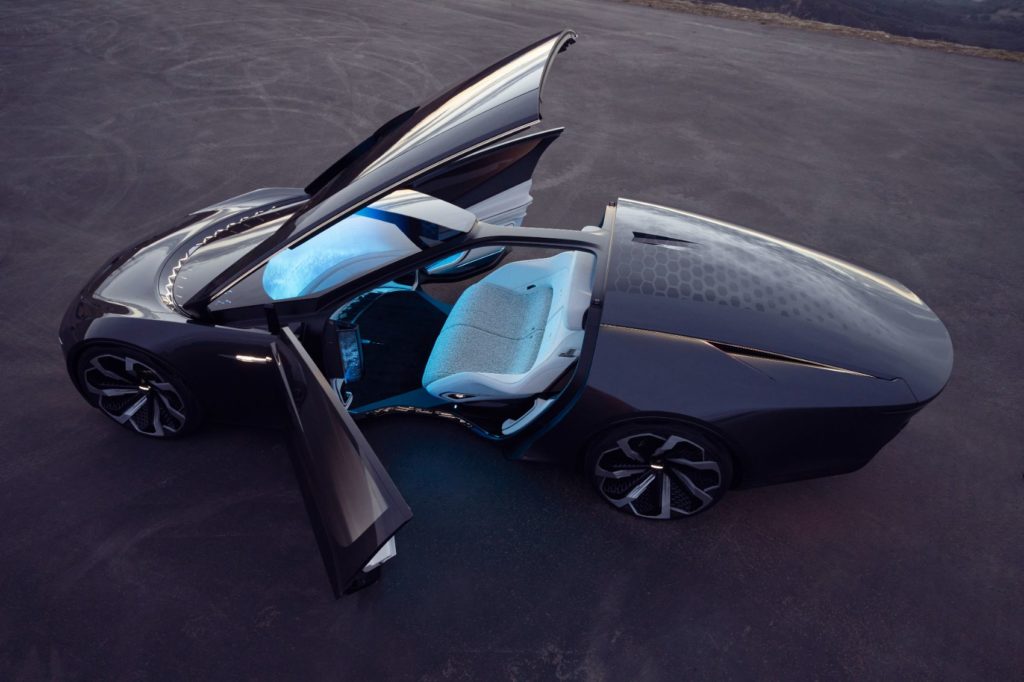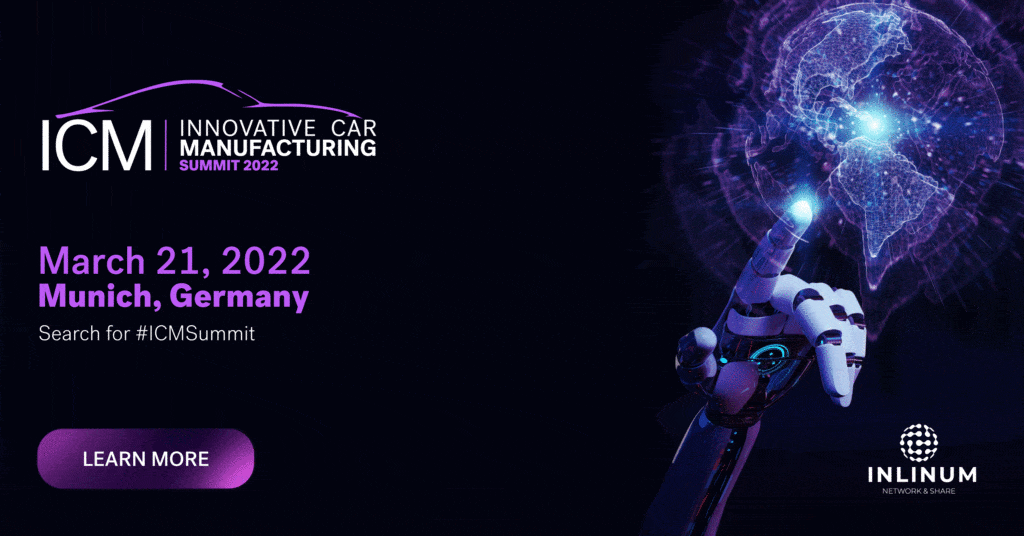Cadillac made quite an impact with its InnerSpace concept car at the 2022 Consumer Electronics Show (CES). The Cadillac InnerSpace Concept is the third vehicle from the automaker’s Halo Portfolio and showcases the company’s strength in designing the most thought-provoking and gorgeous concept vehicles like the Ciel Concept (2011) and Cadillac Sixteen (2003).
The automaker brandished a single-seat vertical takeoff and landing (VTOL) aircraft at last year’s CES called the PersonalSpace concept. At the same time, it presented the SocialSpace, a six-seater autonomous van designed to help passengers “relax and recharge.” The InnerSpace is in the same rhythm as SocialSpace in “repurposing” how people spend their time on the road.
Cadillac InnerSpace Concept
The Innerspace Concept is a two-door luxury grand tourer from a car lover’s point of view, but it has no steering wheel and foot pedals to control the vehicle. Instead, the driver relinquishes all duties and lounges in comfort like the passenger. If the bench front seat is not enough proof, InnerSpace is an autonomous pod with four wheels that Cadillac promises will maintain the sensation of arriving in a Caddy.
“The vehicles of the Cadillac Halo Concept Portfolio are designed to provide effortless travel through extraordinary means,” said Bryan Nesbitt, GM executive director, Global Advanced Design and Global Architecture Studio.
Cadillac released its first-ever car, the Runabout, in 1902, and the brand immediately gained a reputation for reliability. By 1908, Cadillac became the “Standard of the World” for its renowned electrical engineering, lighting, and precision manufacturing. The InnerSpace concept reimagines the vision of the original Runabout by allowing two passengers to focus on the journey and not on the driving. “Electrification and autonomous driving will fundamentally change the role of vehicles and the experiences customers have with them,” Nesbitt added. “We’re exploring where that will go with these innovative concepts, envisioning mobility as an ally of wellness, giving customers the ultimate luxury: more personal time rather than taking it.”

Personalization & Performance
With no driving chores to think about, passengers can immerse in the Innerspace’s panoramic SMD (surface mounted diode) LED display capable of showing three themes: Entertainment, Wellness Recovery, and Augmented Reality Engagement. Governed by GM’s new Ultifi software platform with biometric input and AI machine learning, the system enables over-the-air software updates and personalized menu settings for each passenger.
General Motor’s Ultium platform, a wireless battery management system, lies underneath Innerspace’s ultra-futuristic and sleek body. Modern EVs typically have a large battery underneath the floor. Wireless battery management allows the battery modules to be placed strategically around the vehicle, enabling Cadillac engineers to optimize weight distribution, handling, and cabin space, according to the automaker.
The interior’s low profile floor allows the seat to be mounted low like in a sports car, while the panoramic glass roof and glass body sides offer a better view of the outside world. Opening the wide doors also lifts the roof canopy and pivots the seats outward for effortless boarding and egress. Other neat features include bespoke Goodyear tires with SoundComfort technology constructed from soybean oil and rice husk-based silica for a quieter ride. The tires also have Goodyear SightLine that monitors air pressure, temperature, vehicle load, and other performance parameters.
See More
The Cadillac InnerSpace Concept and other Cadillac Halo Concept vehicles are currently on virtual display through GM’s Exhibit Zero website.
“They are visions for the next decade and beyond, showing the possibilities enabled by General Motors’ comprehensive approach to autonomous drive technology with the goal of a world with zero crashes, zero emissions, and zero congestion,” Nesbitt said.



